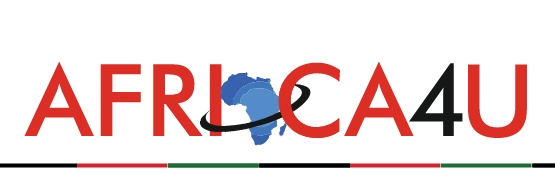(3 Minutes Read)
According to the International Energy Agency (IEA), Morocco’s renewable energy production is projected to grow at an average rate of 16% between 2025 and 2027, aiming for a 35% share in the country’s electricity mix by 2027.
In contrast, electricity generation from coal is expected to decline by 2.5% annually, reducing its contribution to about 50% by 2027, down from 60% in 2024. The report highlights that photovoltaic solar energy will significantly drive this growth, with an anticipated average annual increase of 57% during the forecast period, while wind energy is also expected to grow by 15% each year.
These trends align with Morocco’s goal of increasing the renewable energy share in its total installed capacity to at least 52% by 2030. However, the country faces challenges from rising electricity demand, which saw a nearly 3% increase in 2024 and is expected to continue at that rate.
Read Also;
https://trendsnafrica.com/powering-the-future-moroccos-plan-to-expand-renewable-energy-to-9338-mw/
A major contributor to this demand is Morocco’s efforts to expand seawater desalination, with several new desalination plants scheduled to start operating by 2027. These plants create a unique challenge for the power grid due to their constant and high energy needs, complicating the integration of these demands into a grid that is becoming more dependent on variable and intermittent renewable sources.





